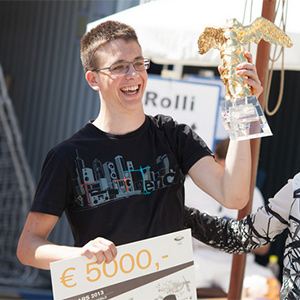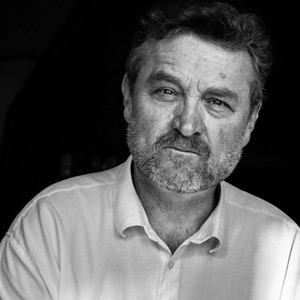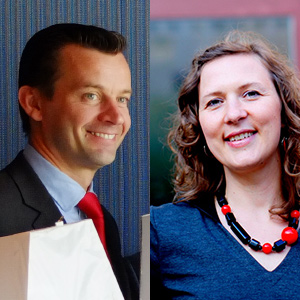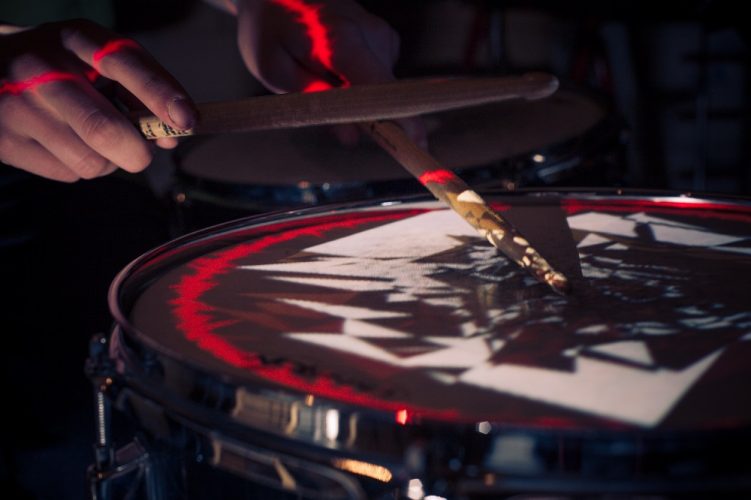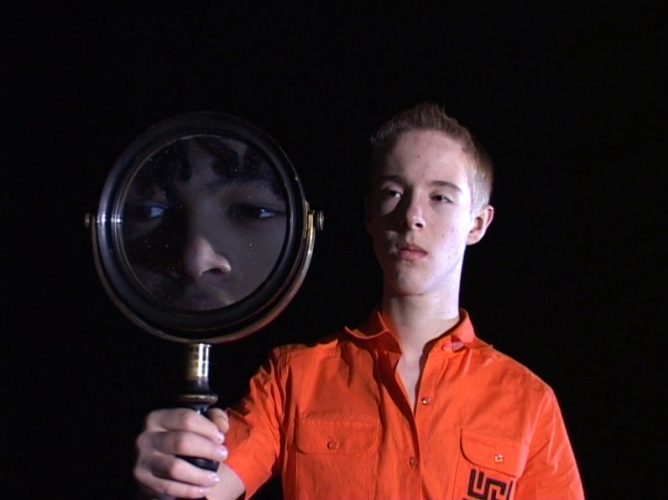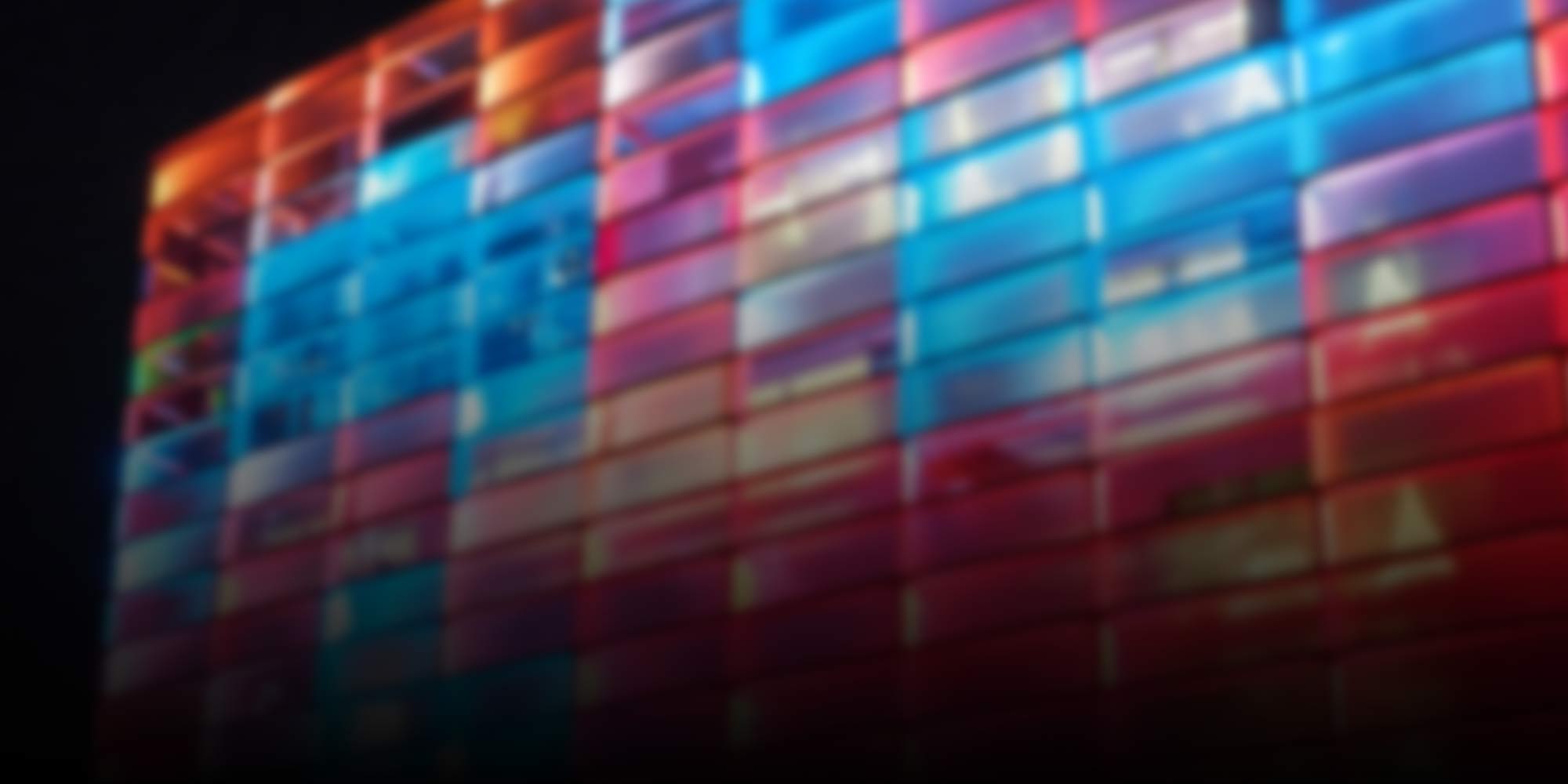
Prix Ars Electronica
-
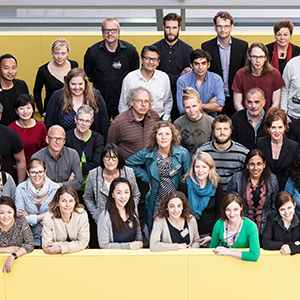
The Day of Decisions
The selection process to determine the 2014 recipients of a Prix Ars Electronica, one of the world’s most important media art prizes, has been concluded. 25 international experts put in three days of intensive work to choose the winners.
-
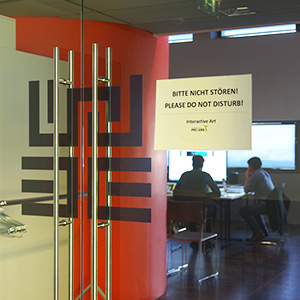
Please do not disturb, voting in process
This year’s recipients of the Prix Ars Electronica will be selected this weekend. The juries’ three days of deliberations begin today at the Ars Electronica Center Linz, where the many entries will be viewed and assessed by the jurors.
-
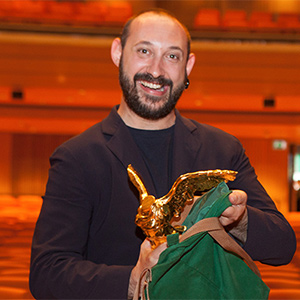
Quayola: From Prizewinner to Juror
A visually impressive animated work entitled “Forms” wowed the 2013 Prix Ars Electronica jury and garnered the Golden Nica grand prize in the Computer Animation/Film/VFX category for its creators, visual artists Davide Quayola (IT) and Memo Akten (TR). This year, prizewinner Quayola will be one of the experts judging the submissions.
-
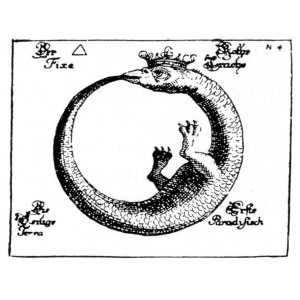
We interact with the universe
Enrique Rivera is one of the jurors at the Prix Ars Electronica 2014 for the category “Interactive Art”. We asked him what he understands by “interactivity” and whether people in Chile interact differently than people in Japan or Europe.
-
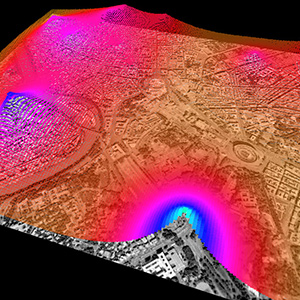
A City that senses and responds
The well-known Wired Magazine put his name to its list of “50 people who will change the world” considering his way of thinking about future energy efficient cities where architecture senses and responds. An interview with jury member Carlo Ratti.
-
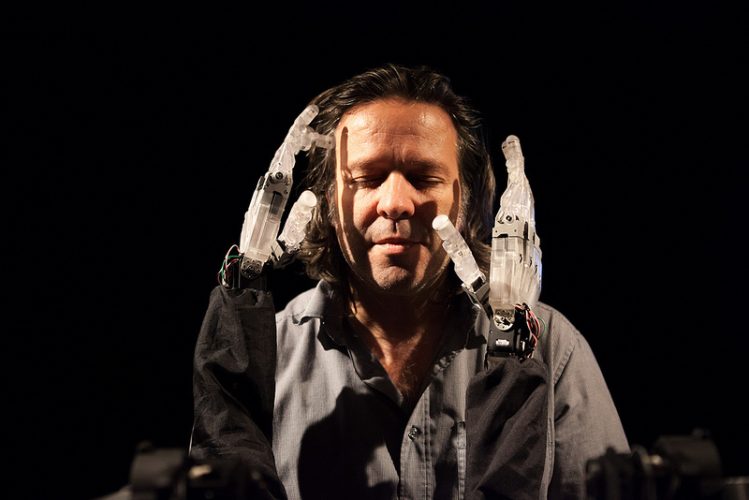
The Blind Robot at The Lab
The Blind Robot by Louis-Philippe Demers (CA) has received a Honorary Mention in Hybrid Art at the Prix Ars Electronica 2013. It was on display during the CyberArts 2013 at TOTAL RECALL – The Evolution of Memory and is part of The Lab, an exhibition curated by Ars Electronica for the ITU Telecom World 2013.
-
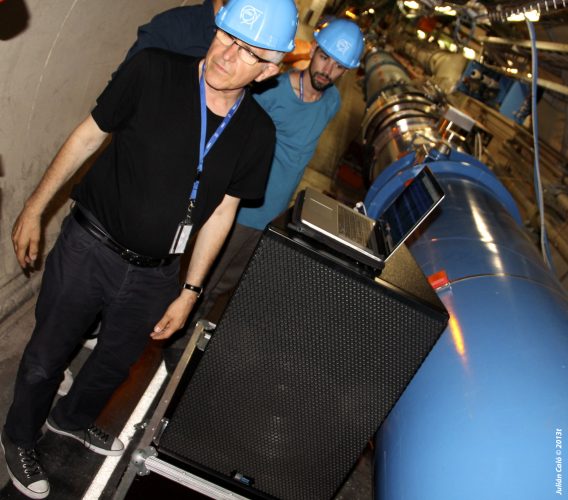
Week 4 – Collide@CERN Bill Fontana
This blog-post sums up Bill Fontana’s last week of his Collide@CERN- Residency.
-
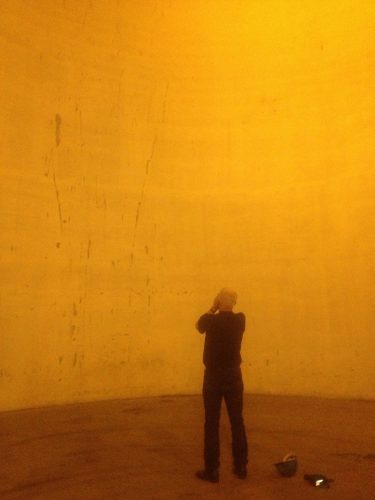
Week 3 – Collide@CERN Bill Fontana
Watch about Bill Fontana’s third week at the CERN.
-
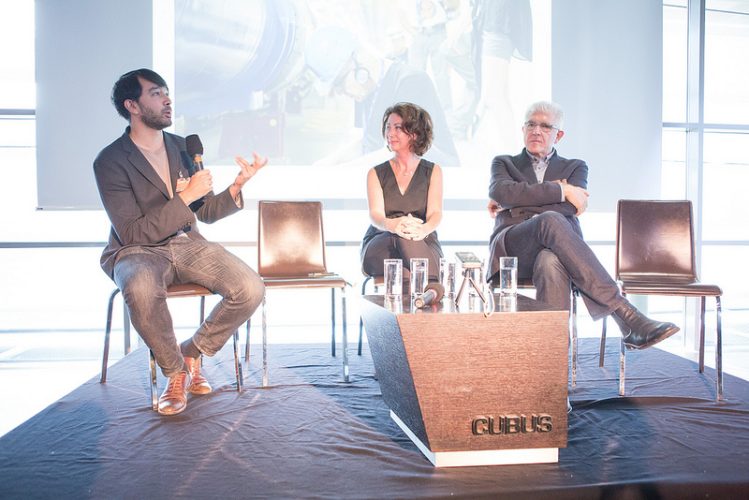
Launch of the Ars Electronica Residency Network
The Futurelab launched the Ars Electronica Residency Network at this year’s festival. In the Pixelspaces conference series, an entire segment was devoted to this new program.
-
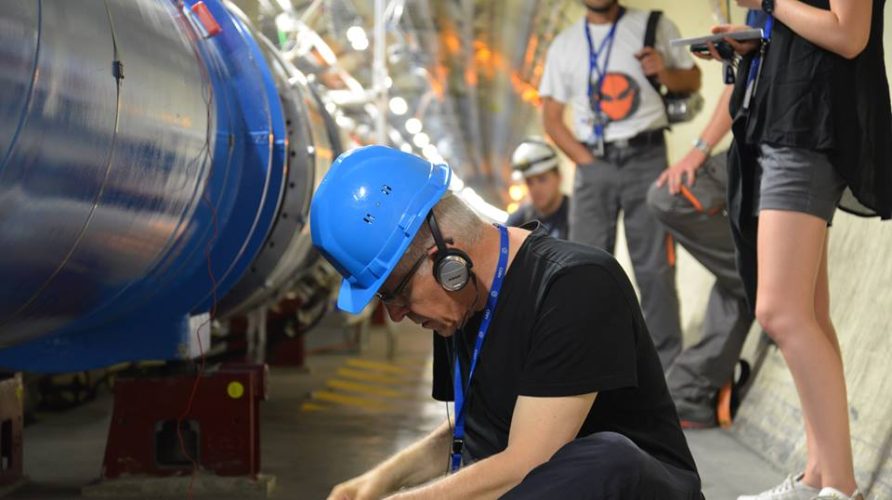
Week 2 – Bill Fontana, Collide@CERn
After the first week’s video blog, Bill Fontana started exploring the CERN laboratory in many different ways. Armed with his accelerometers, which are used by structural engineers traditionally to measure the movement of structures and his recording equipment, he revealed the inner sound worlds of dipoles, the CERN grid in the computer centre and even…
-
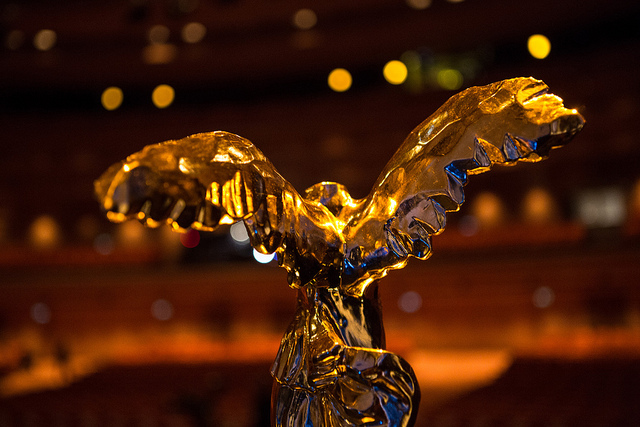
TOTAL RECALL – Day 3
The Golden Nicas were awarded, and there’s still a lot to discover at TOTAL RECALL – The Evolution of Memory.
-
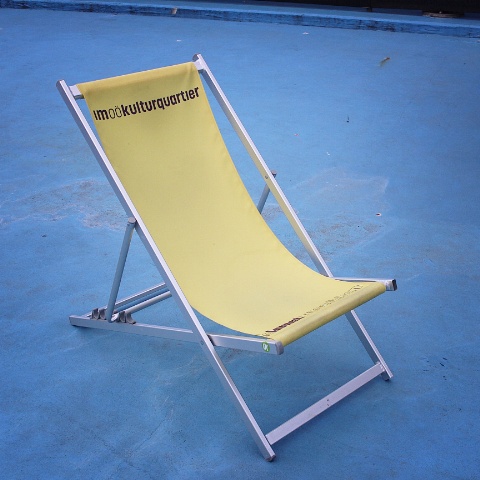
The artists have arrived
Every year before the festival, the OK Offenes Kulturhaus im OÖ Kulturquartier invites all the artists of the CyberArts for a welcome-drink. If it’s up to the artists, Festival Ars Electronica 2013 is ready to begin.
-
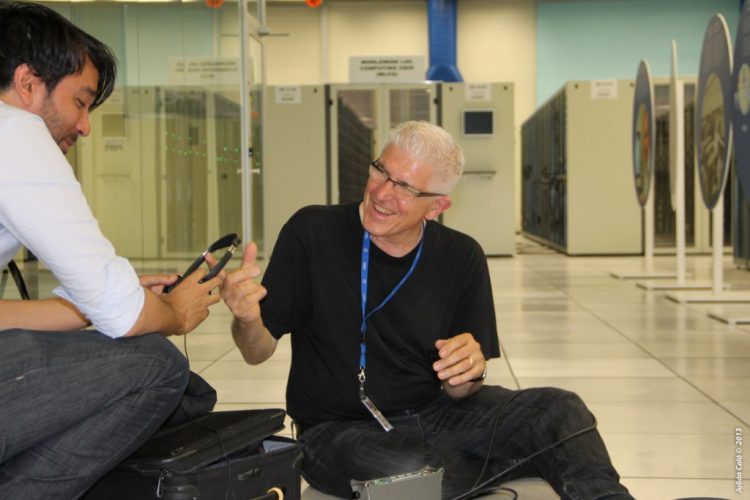
Week 1 – Bill Fontana, Collide@CERN
The month of July was Bill Fontana’s first part of his residency at CERN. And he was not alone! He came also with his family, which included his photographer son, Michael Fontana, 18. Every week, Michael interviewed his father and his inspiration partner, CERN cosmologist Subodh Patil about what they were thinking of the week…
-

The Sounds of Physics – Bill Fontana’s Residency at CERN
Bill Fontana has been busy at the CERN, working as the winner of the Collide@CERN Residency Award. What he has been up to will be subject of this series of blog-posts over the course of the next 4 weeks.
-
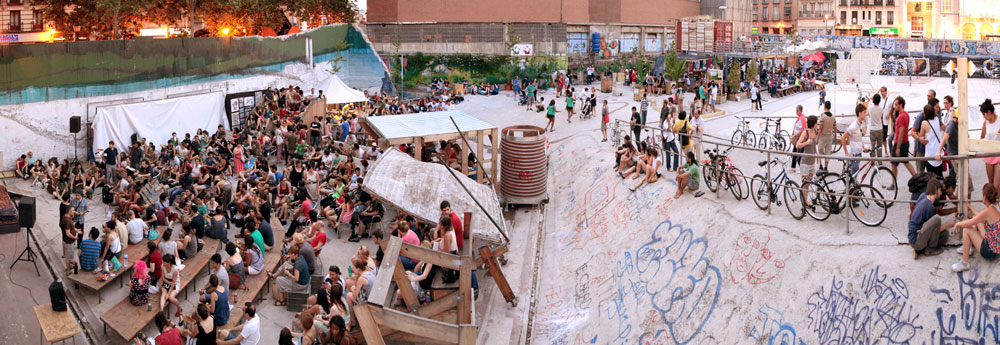
El Campo de Cebada – CyberArts 2013
When the CyberArts 2013 opens it’s doors on September 5th, El Campo de Cebada, winners of the Golden Nica in Digital Communities, will be part of it. It’s a self-managed camp in Madrid/Spain, cleverly showing what the urban space of the 21st century might look like. We have talked with Zuloark, the architects behind this…
-
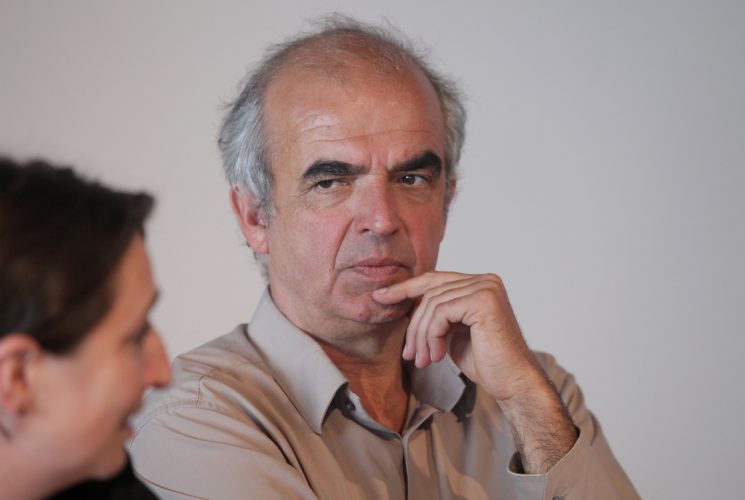
CyberArts 2013 – Martin Sturm interviewed
A highlight of each year’s festival is the CyberArts exhibition featuring installations, videos and performances singled out for recognition by the Prix Ars Electronica. Martin Sturm, director of the OK Center for Contemporary Art, is responsible for the exhibition’s design. In this interview, he reveals some of what awaits festivalgoers in 2013.
-
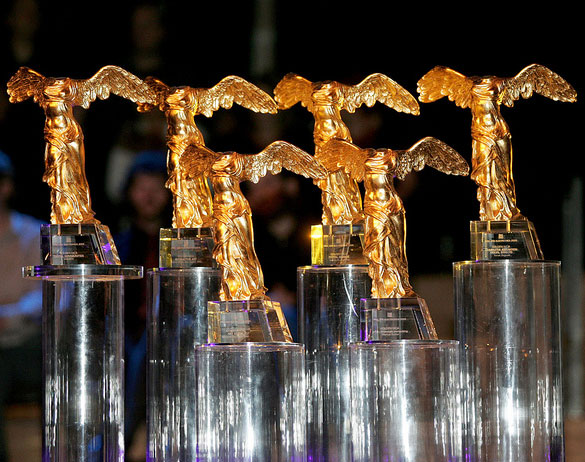
Winners Prix Ars Electronica 2013
Voilá, those are the Golden Nicas and Awards of Distinctions of Prix Ars Electronica 2013.
-
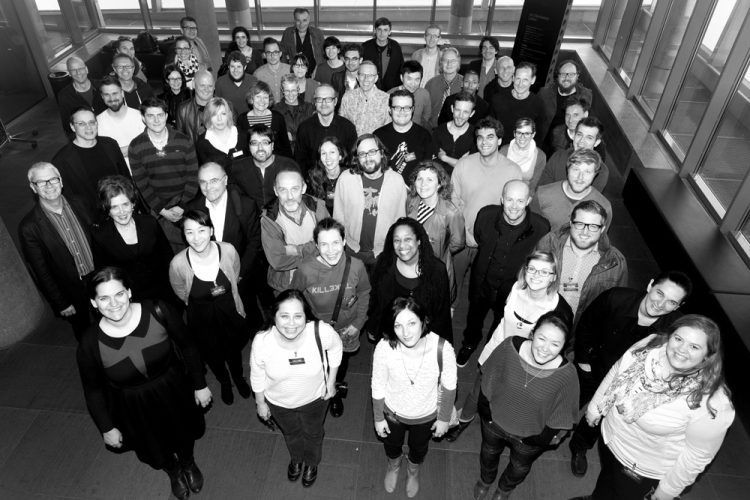
Prix-Jury-Weekend in Linz
Since 1987, the Prix Ars Electronica has been one of the most prestigious prizes awarded in the world of media art. The process of deciding which works are singled out for recognition is quite elaborate. After all, there are thousands of submissions to evaluate in order to finally arrive at the most excellent and most…
-
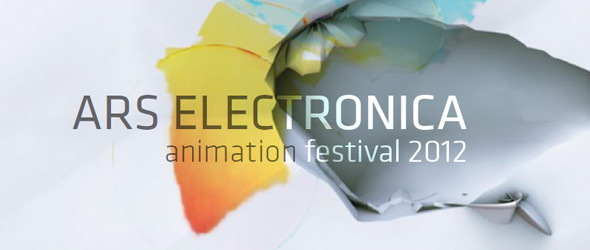
Christine Schöpf und Jürgen Hagler zum Animation Festival
The Ars Electronica Blog recently published an interview with Christine Schöpf and Jürgen Hagler about the Prix and computer animation. In this installment, they discuss the Animation Festival.
-
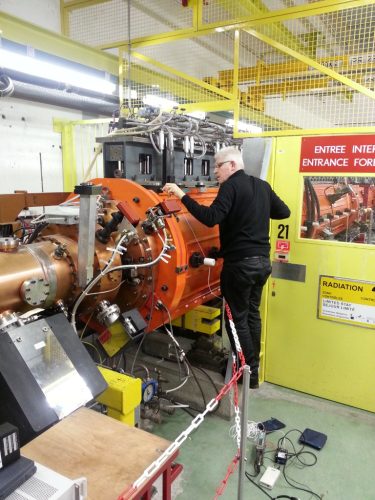
Bill Fontana at CERN
Bill Fontana, der Gewinner des Prix Ars Electronica Collide@CERN Residency Awards, wurde für vier Tage nach Genf zu CERN eingeladen, um dort seine Einführung in die Aktivitäten und Forschungsgebiete von CERN zu bekommen. Als Koordinatorin des Programmes seitens der Ars Electronica war es mir eine Ehre, diese Zeit mit dem Künstler und Ariane Koek, der…
-
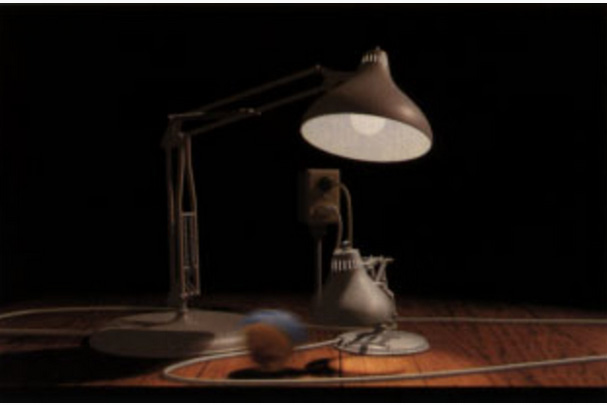
Computer Animation / Film / VFX – Origin and Development
2013 is the 27th edition of Prix Ars Electronica, so there’s quite some history to look back on. Christine Schöpf, who has been around from the beginning, talks about the not so humble beginnings of the Prix and discusses the current trends in computer-animation, vfx and so on with Jürgen Hagler, who is an expert…
-
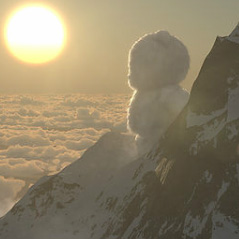
First Submission Computer Animation 2013
Toru Hayai was the first one to submit his work for the Prix 2013, only a couple of hours into the submission-process. We have caught up with him to find out a little bit about him and his work. Who are you and what do you spend your time with? I’m Toru Hayai, CG director…
-

Prix Ars Electronica 2013
[:de]Was haben John Lasseter, der erste Animator bei Pixar Studios, Sir Tim Berners-Lee, der Erfinder von HTML, einer der Grundlagen des heutigen Internets, und Wikipedia gemeinsam? Alle Erwähnten wurden entweder mit einer Goldenen Nica oder einem Ehrenpreis des Prix Ars Electronica ausgezeichnet. Der renommierte Medienkunstpreis geht 2013 in die 27te Runde, die Einreichung ist mit…
